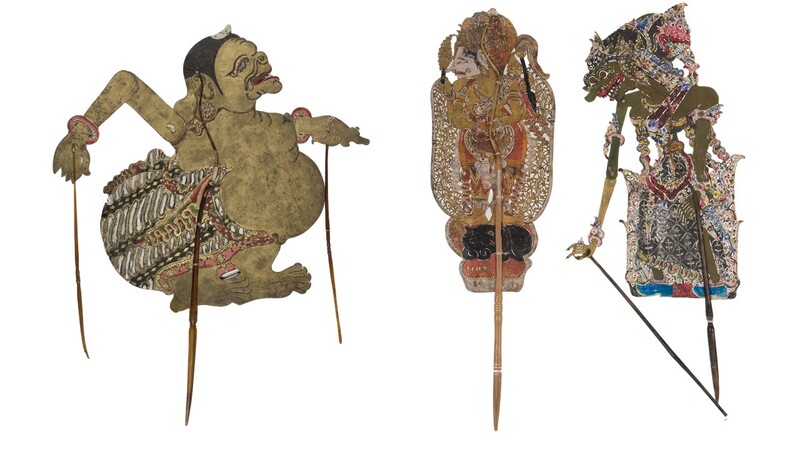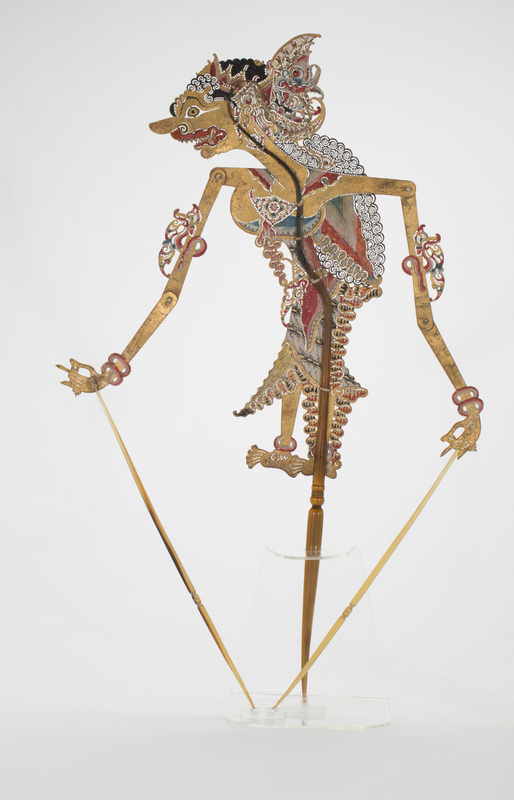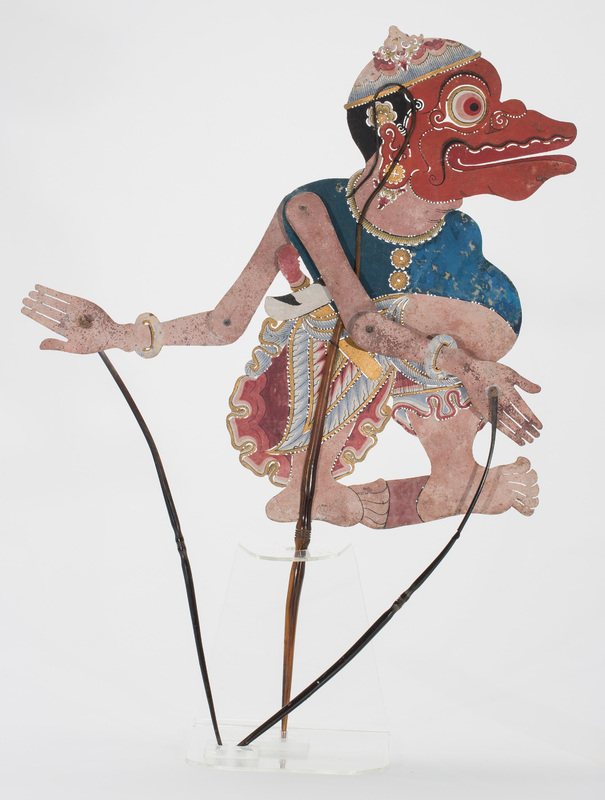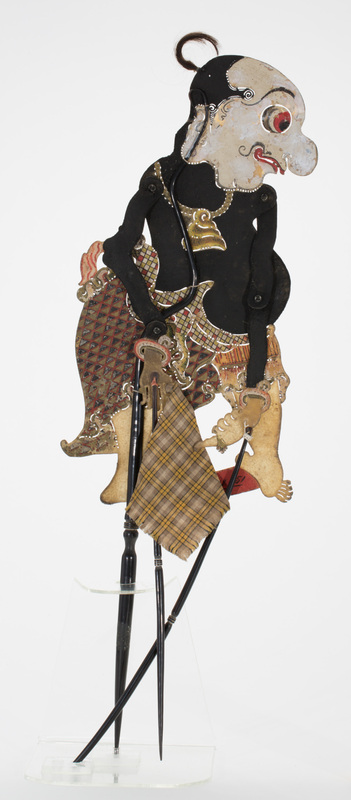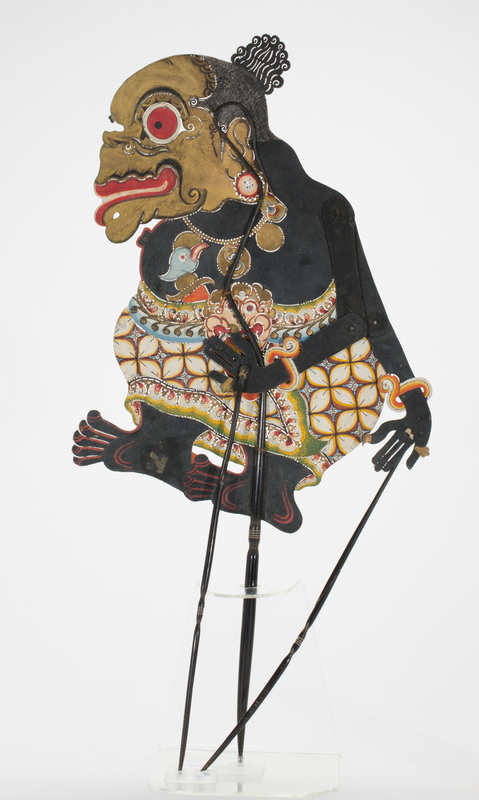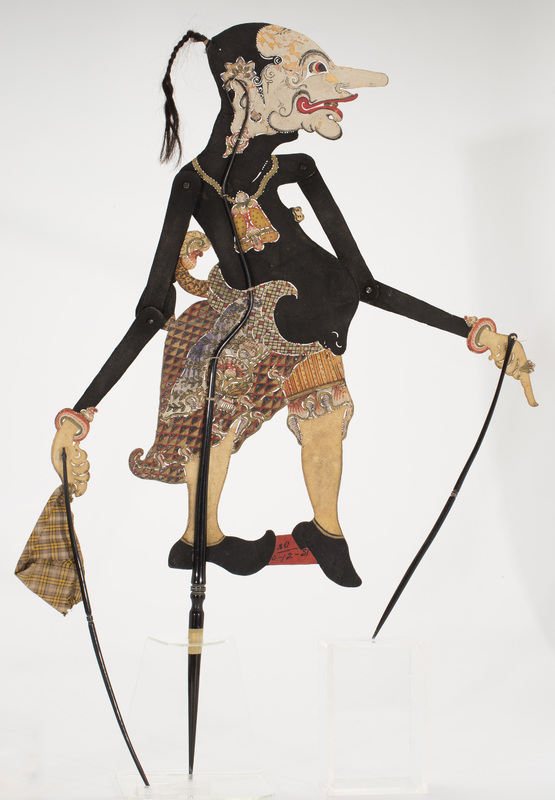Punakawan
Javanese wayang plays of the Mahabharata and Ramayana often include the Punakawan or the clown servants with Semar as the main God-clown. Semar and his sons (Gareng, Petruk, and Bagong in Central Java; Astrajingga, Petruk, and Gareng in West Java) are believed to be authentically a Javanese invention as they do not appear in the original epics.
Semar is the older brother of Batara Guru (Shiva) but his appearance is the antithesis of the elegant, sophisticated, and powerful Batara Guru. Semar is depicted with a distinct iconography with bulging eyes, pot belly, big hip, and a bump on his forehead. Despite his comical look, Semar is often more powerful than Batara Guru and his consort, Durga. In wayang plays, he serves the protagonists; the Pandawas in the Mahabharata or Rama in the Ramayana.
As the advisor of the good force, Semar is balanced by his brother, Togog, who serves as the advisor of the “left” side of the screen, usually occupied by the evil force or the Kurawas in the Mahabharata. During the play, the Punakawan functions as the bridge between the heroes in the story and the audience as they can speak both in high and low Javanese. As the main God-clown, Semar is also known to represent the voice of the people and can speak anachronistically, connecting the shadow world with real events and commentaries on current social and political issues.
